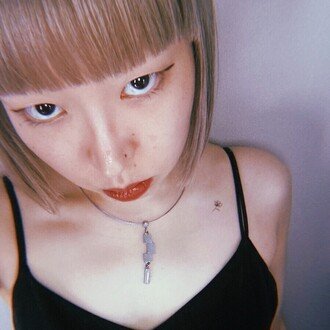
Dig Japan vol.43 “Kirizansho (切山椒)”
Dig Japan is a series in which I research and introduce in English topics related to traditional Japanese culture that interest me. In this article, I will introduce kirizansho.
Kirizansho is wagashi made by mixing joshinko (rice flour), sugar, and roasted sansho (Japanese pepper) powder, steaming it, pounding it, and cutting it into a long, thin rectangular shape. It has been around since the Edo period and was also called sansho-mochi in the past. Kirizansho is a specialty of Tsuruoka City, Yamagata Prefecture, and Kofu City, Yamanashi Prefecture, but it is also sold at the Tori no Ichi festival in Asakusa, Tokyo, and is a lucky sweet that is often eaten during the New Year holidays.

Kirizansho is made by mixing joshinko, roasted sansho powder, and sugar, steaming it, pounding it, and cutting it into long, rectangular parallelepipeds. Roasted sansho powder soaked in warm water is sometimes used. The standard colors are red and white, but there are also brown ones made with brown sugar and green ones made with tencha tea. When it is pounded, steamed, and pounded again, it is called “nerizansho” and is considered the highest quality of gyuhi sweets.
Kirizansho first appeared in the history of wagashi during the Edo period. It was a favorite of Kobori Seiichi, the first lord of the Omi Komuro domain, a samurai and tea master. It is said that the current long and thin rectangular shape dates back to the late Edo period. After the Meiji period, Natsume Soseki wrote in his diary, “The fabric I saw at a dye shop while taking a walk looked like kirizansho.”
Kirizansho is known as a famous confectionery from Tsuruoka City, Yamagata Prefecture and Kofu City, Yamanashi Prefecture, but it is also made in Sagawa Town, Kochi Prefecture and Iwate Prefecture. Sansho has been used as a symbol of protection from evil since ancient times, and kirizansho is known as a lucky confectionery sold at the “Tori no Ichi” festival in Asakusa, Tokyo, and is often eaten during the New Year holidays.
This article was written by 𝐡𝐢𝐫𝐨𝐤𝐨, working as a freelance translator and PR for overseas apparel brands in Japan, with the aim of broadening her own knowledge of traditional Japanese culture and spreading it to the world.
いいなと思ったら応援しよう!

